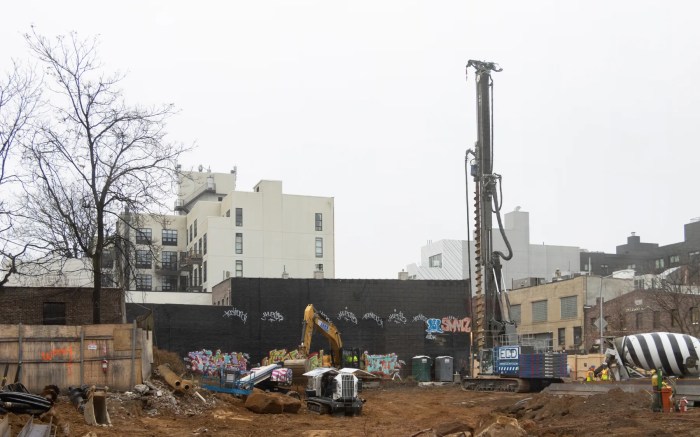Donald Trump isn’t the first politician to persecute a religious minority. Hopefully, voters today can be as courageous as the 17th century New Yorkers who first defended religious liberty in North America.
As Donald Trump continues to develop his platform of intolerance, it may give the reader some comfort to note that while bigotry from businessman-politicians might be older than the republic itself, so too are bold responses to intolerance.
Peter Stuyvesant, the last director general of New Netherland, was living a Trump-like existence as the representative of the Dutch West India Company — a business-cum-government that might appeal to the Apprentice candidate. In 1657, Stuyvesant issued a ban on worship by the persecuted religious minority du jour: Quakers.
But such intolerance didn’t sit well with certain New Yorkers, who made what is generally considered to be the first statement of religious liberty in what would later become America, in what would later become the borough of Trump’s birth: Queens.
The despot
Peter Stuyvesant, the son of a strict Calvinist minister, lost his leg in the service of the Dutch West India Company. As director general of New Netherland, he presided over a colony made up of “the scrapings of all nations,” says Russell Shorto, author of a history of Dutch Manhattan, The Island at the Center of the World. “He openly admired the English colonies for being basically pure,” says Shorto, and wanted to replicate that purity at home by keeping the unwanted — like Jews and Quakers — from coming in.
For Stuyvesant, the Quakers were “disruptive,” says Shorto, their practices as foreign to the governor as the Muslim faith appears to Trump: “They spoke in tongues.” And they were very public in demonstrations of their religion, which infuriated Stuyvesant.
He ordered the torture of a Quaker convert and passed an ordinance in 1657 punishing anyone who harbored members of the religious sect.
The response
The leading townspeople of Vlissingen, now Flushing, weren’t Quakers. But in their letter to Stuyvesant, known as the Flushing Remonstrance, they adamantly defended religious tolerance. If the Quakers want to come, let them come.
“If any of these said persons come in love unto us, we cannot in conscience lay violent hands upon them, but give them free egresse and regresse unto our Town, and houses, as God shall persuade our consciences,” they wrote. “For we are bounde by the law of God and man to doe good unto all men and evil to noe man.”
The signers maintained that they were bound “by the law to do good unto all men, especially to those of the household of faith.”
The elegant document expresses a tolerance of all religions, even the one Trump maligns in 2015: “The law of love, peace and liberty in the states extending to Jews, Turks and Egyptians, as they are considered sons of Adam.” In the name of Christ Jesus, the document condemns “hatred, war and bondage.”
The future
Stuyvesant quickly arrested the leading signatories of the Remonstrance and went on to banish Flushing resident John Bowne for providing space for Quakers to hold meetings. Bowne went to Holland to plead his case before the Dutch West India Company, who ultimately sided with him. Stuyvesant had to be less bigoted for a change. Not that he had much time left as a mouthpiece. In 1664, the English drove him from the city.
Would that fearsome wooden warships might rid us too of this Stuyvesant clone. More likely, regular citizens will stand up, as they did in 1657, and say enough is enough.
This is amExpress, the conversation starter for New Yorkers. Click here to subscribe to the daily email.




































